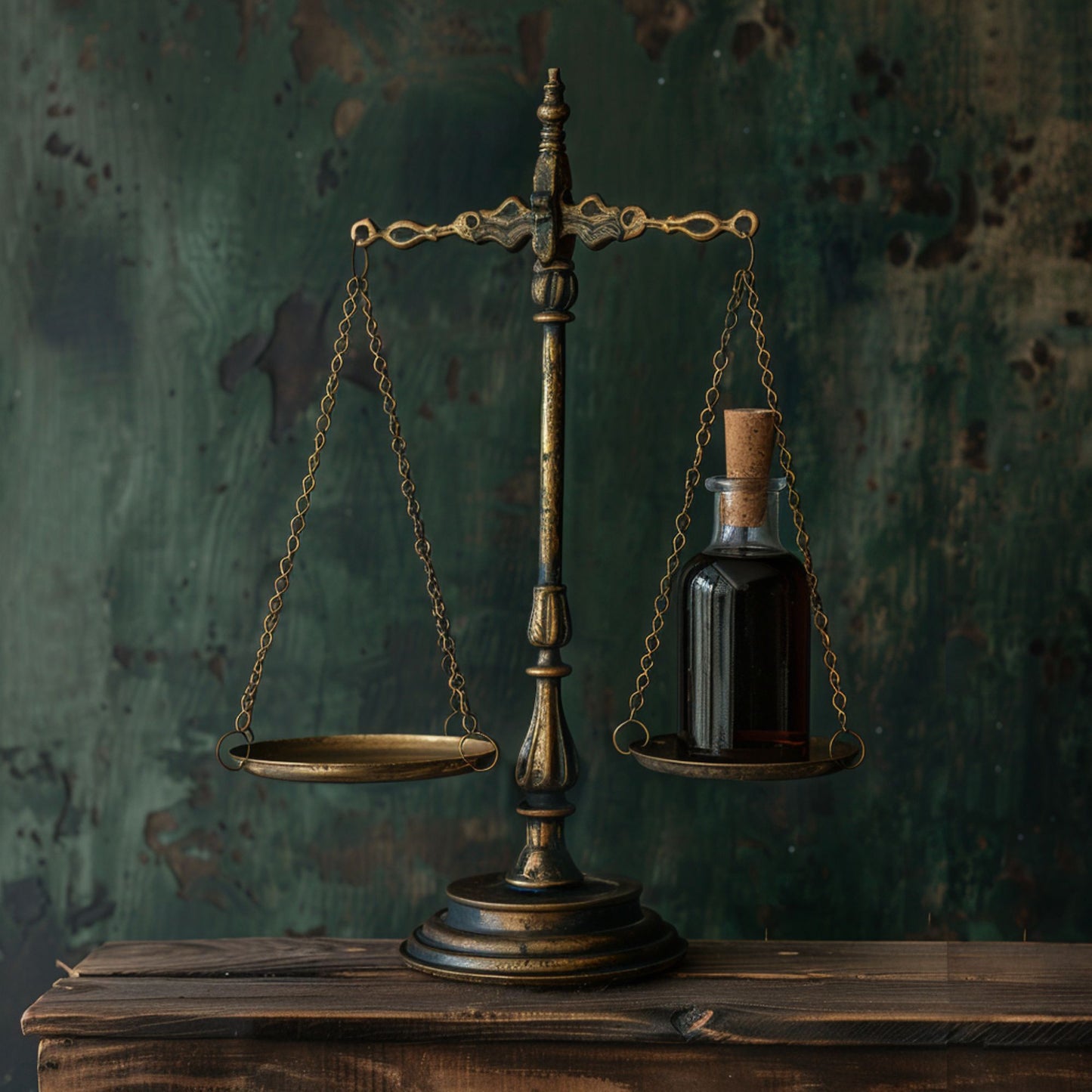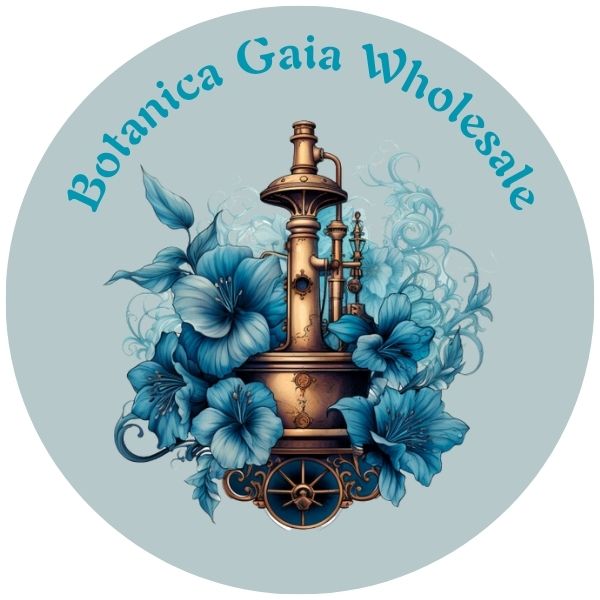Botanica Gaia
Botanica Gaia 100% Organic and Pure Premium Wild Oud Cambodia | Aquilaria Crassna |
Botanica Gaia 100% Organic and Pure Premium Wild Oud Cambodia | Aquilaria Crassna |
Botanica Gaia Premium Oud Camboia Essential Oil
Couldn't load pickup availability
Botanical Name: Aquilaria Crassna.
Family Name: Thymelaceae.
Common Name: Agarwood, Oudh, Calambac, Gaharu.
INCI: Aquilaria Crassna (Agarwood) Heartwood Oil.
Extraction Method: Steam distilled.
Parts Used: Heartwood.
Note: Base note. The best fixative.
Odor: Sweet woody, deep, soft, full-bodied, balanced, floral woody, teak, Earthy, Tobacco, Woody, extremely tenacious, leather and strong.
Appearance: Brown.
Country of Origin: Cambodia.
Blends: All essential oils, resins or fragrance.
This Agarwood Oil is 100% pure, Agarwood from Cambodia Grade 4. Perfect for use in perfumery, aromatherapy or skin care.
The most notable difference between Assam Agarwood and Cambodian Agarwood is the depth, tenacity and animalistic touch of the Assam. The Cambodian Agarwood lacks the animal background that the Assam Agarwood possesses. The Cambodian is more woody floral, with an undertone of tobacco and teak wood.
It is only called Oud and has aromatic qualities when a trunk or part of it has produced (in a process that lasts for years) a sufficient quantity of a highly aromatic oily resin to impregnate the wood. The process only occurs as a defense against attacks.
The Oud It has been used by Asian cultures since time immemorial, Chinese, Arab, Japanese and Indian traditions made use of its essence for a fairly heterogeneous variety of activities: incense making, religious offerings and perfume preparation.
The transformation of healthy Aquilaria wood into Oud, occurs when a part of the tree (root, trunk or branch) becomes infected, slowly the infected part begins to secrete the coveted resin, which makes the wood darker and harder. Oud growers cut only the infected parts, hoping the tree will not die and produce more resinous wood.
The first aspect that affects the quality of the Oud is the age of the trees, since the older they are, the more resin they have, but it is also of better quality, presenting deeper and more complex aromas. The best pure Oud oils come from trees that are over 100 years old.
Another key aspect is the number of times the wood has had to be distilled to extract the oil. The one that comes from the first distillation is the best. Finally, once the oil has been obtained, it improves over the years.
Oudh wood has received many names:
- Cambodia: "Chann crassna"
- Cantonese Chinese (Hong Kong) : "Cham Heong"
- Mandarin Chinese: "Chénxiāng" (沉香), "chenshuixiang" and "shuichenxiang"
- India (Hindu): "Agar" or "aguru", but also "agor" or "agoro" in Bengal
- Japan: commonly called "jinkō" or "jinkoh" (沈香). "Kyara" (伽羅) used for Highest Grade (Best Quality) Designer
- Arab and Muslim countries: "Oud" or "oodh" (عود)
- Indonesia and Malaysia: "Gaharu"
- Anglo-Saxon and Western countries: "eagle wood" or "lignum aquila" (eagle wood), "agila wood" (akila wood), "aloes wood" or "lignum aloès" (aloe wood), " agarwood" (akila wood) agar), "gaharu", "agila" (akila)
- Tibet: ཨ་ ག་ རུ་ (a-ga-ru). However, there are different varieties used in medicine: single eagle antler: ཨར་ བ་ ཞིག་ (ar-ba-zhig); Yellow Eagle Horn: ཨ་ ག་ རུ་ སེར་པོ་ (A-GA-RU Ser-Po), White Eagle Horn: ཨར་ སྐྱ་ (Ar-Skya), and Finally Black Eagle Horn: ཨར་ ཨར་ ནག་ ar-nag)
- Thailand: Mai Ketsana (ໄມ້ ເກດ ສະ ໜາ)
- Vietnam: "Trầm hương.
There are 4 types of families of trees that give Oudh:
- Thymeleaceae (Thymelaeaceae in Latin) : this family of trees is found mainly in Southeast Asia and is composed mainly of trees of the aquilaria type
- Burseraceae(Burseraceae in Latin) : these trees are found mainly in South America
- Lauraceae (Lauraceae in Latin): also located in South America
- Euphorbiaceae (Euphorbiacaee in Latin) : found mainly in the tropics
However, the trees of the genus aquilaria are the most used for the production of agarwood, since they are easier to cultivate and the quality of their resin is one of the highest.
Different levels of Oudh quality:
The level of quality of agarwood is called "grade" and its classification varies depending on its origin. The quality is due to the species of the tree, the climate, the quality of the soil, the various attacks suffered by the wood and its level, and the time during which the wood will secrete resin in order to care for itself. Due to the lack of uniformity of standards and regulations at the international level, the evaluation of the quality of Oudh wood remains extremely complex. Therefore, its evaluation depends mainly on the experience and knowledge of industry members. Agarwood grade levels differ between countries of production. :
- Malaysia (6 grade levels - Higher to Lower): "Double super" and "Super", "A", "B", "C" and "D".
- Indonesia (4 grade levels - Higher to Lower) : "Super A", "Super B", "Super C" and "Sabak"
- India (7 grade levels - Higher to Lower) : "Triple Super", "Double Super" and "Super", "A", "B", "C" and "D".
- Vietnam (5 grade levels - Higher to Lower): Grade 5, 4, 3, 2 and 1.
Not for use during pregnancy, with the elderly, infants, or if epilep
Not for use during pregnancy, with the elderly, infants, or if epileptic. Possible skin irritant in some individuals; dilute well.
General Safety Information: Do not take any oils internally and do not apply undiluted essential oils, onto the skin without advanced essential oil knowledge or consultation from a qualified aromatherapy practitioner. If you are pregnant, epileptic, have liver damage, have cancer, or have any other medical problem, use oils only under the proper guidance of a qualified aromatherapy practitioner. Use extreme caution when using oils with children. Consult a qualified aromatherapy practitioner before using oils with children, the elderly, if you have medical issues or are taking medications.
Share



The information presented here is for educating our customers about the traditional uses of essential oils and is not intended to diagnose, treat, cure, or prevent any disease. You are responsible for understanding the safe application of these products.



